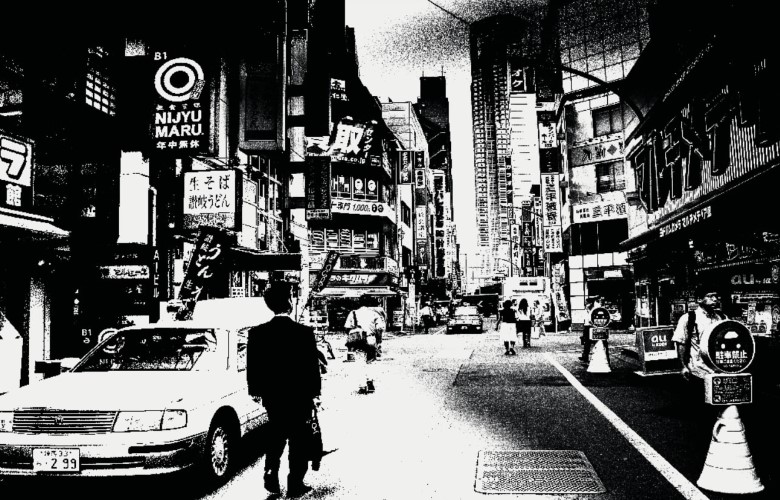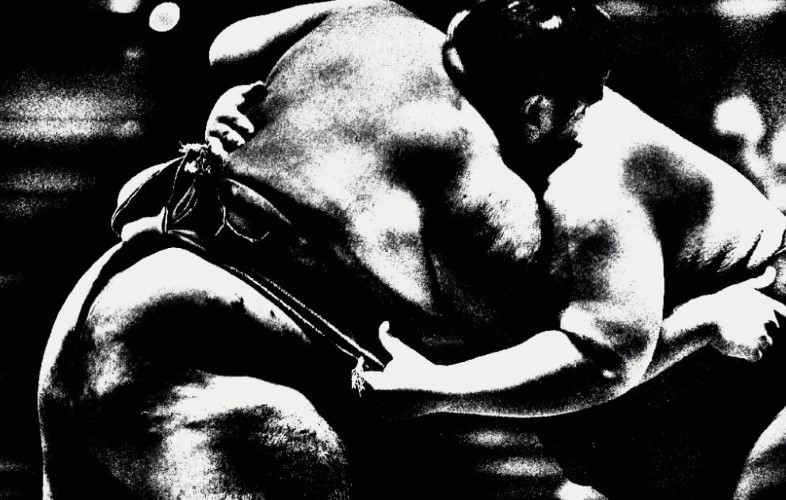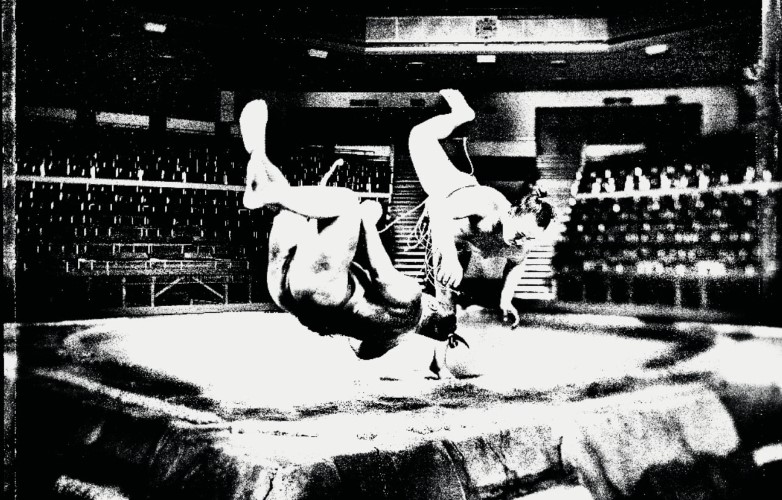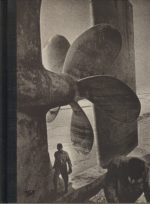Le photographe et cinéaste polonais Tomasz Gudzowaty est connu pour sa perfection : des compositions claires, des cadres choisis avec précision, soigneusement étudiés jusque dans les moindres détails. Cependant, l’approche de sa série Sumo est complètement différente. Pour son hommage photographique au sport national japonais le Sumo, Gudzowaty confronte son sujet à l’esthétique rebelle du « are-bure-bokeh », qui signifie brut, flou, défocalisé. Ce style s’est développé au Japon dans les années 1960 comme un contre-courant à la norme dominante du photojournalisme de l’époque. Avec l’aide de la photographie, Gudzowaty tente de créer un langage visuel capable de capturer des documents au-delà des mots. Avec la publication Sumo, il présente un aspect jusque-là inconnu de son travail artistique.
The Polish photographer and filmmaker Tomasz Gudzowaty is actually known for his perfection—clear compositions, precisely chosen image frames, carefully considered down to the last detail. However, the approach to his Sumo series is completely different. For his photographic tribute to the Japanese national sport Sumo, Gudzowaty confronts his subject with the rebellious aesthetic of “are-bure-bokeh”, which means rough, blurred, out of focus. This style developed in Japan in the 1960s as a countercurrent to the prevailing norm of photojournalism of the time. With the help of photography, Gudzowaty attempts to create a visual language that is able to capture documents beyond words. With the publication Sumo he presents a previously unknown side of his artistic work.







